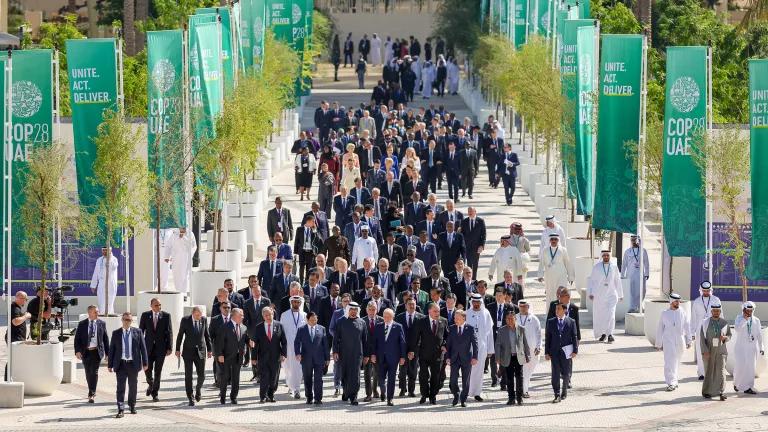I just returned from Morocco. The trip, the bulk of which was spent endlessly meandering through the medinas of Fez and Marrakech, consuming copious amounts of olives and mint tea, and being hassled at every souk stall to buy hand-carved wooden boxes, silver teapots, cactus silk scarves, dates, sheep’s head, snails, and more; also brought to light a better understanding of the North African country’s energy system—and its potential for a rapid shift to renewables.
Despite its own dearth of fossil fuel reserves, Morocco is still heavily dependent on the nonrenewable resources, the vast majority of which it must import. In 2010, Morocco imported 122 thousand barrels of oil per day, the equivalent of exporting more than $3 billion. Beyond oil, the country still generates nearly 70 percent of its electricity from fossil fuels, also a heavily import-dependent operation. In 2012, Morocco imported goods nearly twice the value of its exports.
This heavy reliance on imported fuels makes Morocco vulnerable to price shocks, a phenomenon experienced in 2011 and 2012. While the government subsidizes fuels to shield the broader economy from the economically detrimental ripple effects that occur when fuel costs escalate, the price shocks widened the country’s account deficit, adding to its already strained budgetary concerns.
There are, however, signs that the country is beginning to look inward—and upward—for its energy needs.
Morocco’s renewable energy generation capacity has increased dramatically in recent years. In 2007, Morocco generated 1.185 billion kWh of electricity from renewable sources, or a little over 6 percent. By 2010, this number had quadrupled, and 17 percent of the country’s total electricity consumption came from renewables. Still, this rapid recent growth is barely scratching the surface of Morocco’s ambitious plans.
Recognizing its solar potential—some areas see over 3000 hours of sunlight a year, comparable to the sunny southwest United States—in 2009, King Mohammed VI announced an ambitious project to harness this resource. The Morocco Solar Project aims to build 2 GW of solar power in the country by 2020, to provide 38 percent of the country’s overall electricity generation capacity. The announcement ceremony was attended by then U.S. Secretary of State Hilary Clinton, and recognized as a significant step toward Morocco’s economic and energy future—and a way to keep its money within its own borders, strengthening its economy.
The project, which will be built out in five different regions of Morocco, has already secured €345 million, including a $297 loan from the World Bank. The first 125 to 160 MW of the 500 MW Ouarzazate project is expected to begin operation before 2015.
Beyond the beginnings of its ambitious solar project, Morocco has already installed some solar generation capacity, including in its Marrakech airport, where one terminal is partially solar-powered. As one of the first and last structures visitors see, it is symbolic of the direction in which the country is heading. As our plane took off from Morocco, the sun was setting over the vast, sunny desert. But it is evident that the sun is just beginning to rise on the country’s new era of a strong, resilient energy system.



